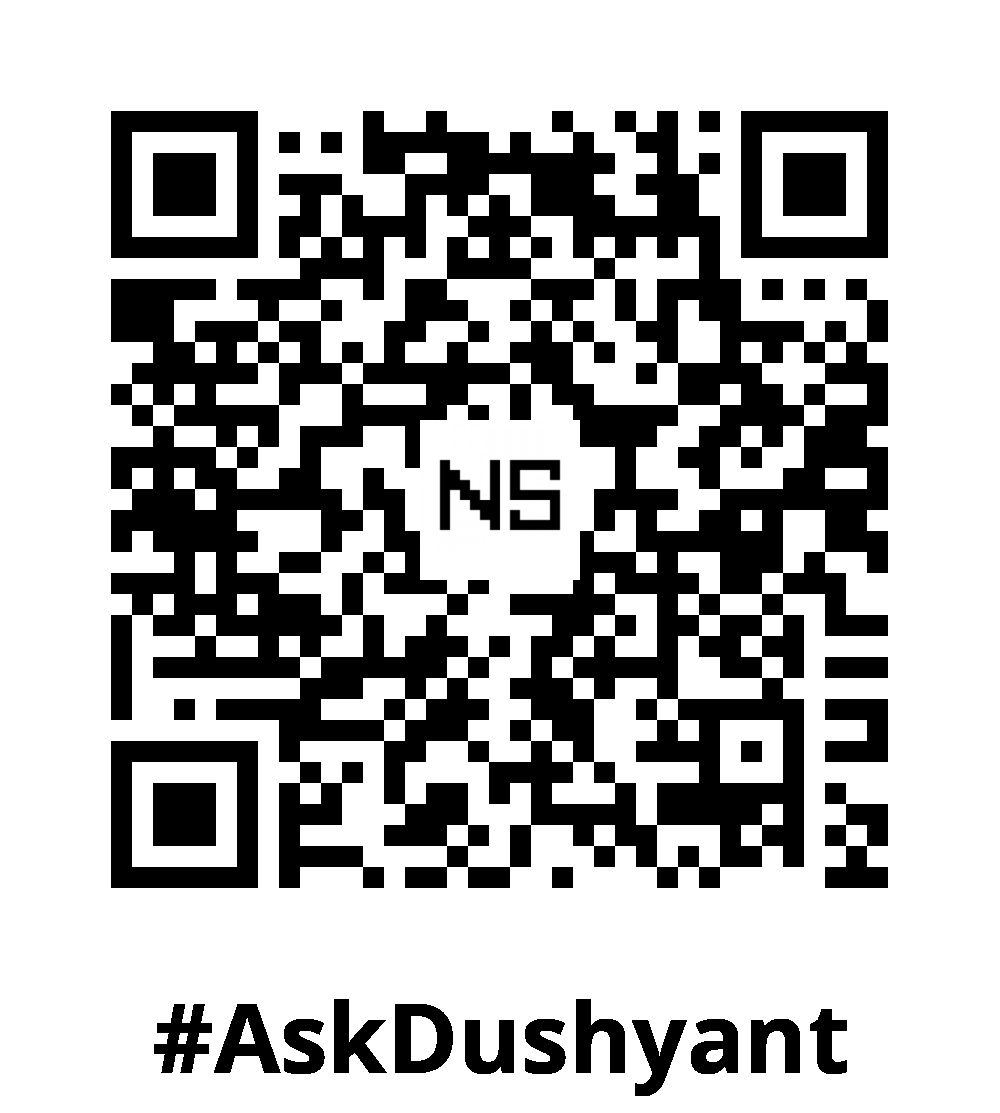The software development landscape is brimming with an ever-evolving array of tools and technologies. For developers,navigating this vast ocean can be daunting. The rapid evolution of technology has led to the development of numerous tech stacks, each tailored to meet specific needs in software development. This tech blog post unveils some of the most popular tech stacks – the driving forces behind countless modern applications.We’ll delve into their use cases, best operational practices, and inspiring success stories to showcase their true potential.
1. MEAN Stack (MongoDB, Express.js, Angular, Node.js)
Use Case
The MEAN stack is an excellent choice for developing dynamic web applications. It offers a full-stack JavaScript solution, allowing developers to use a single language throughout the application, both on the client and server sides.
Best Operation Practices
- Consistent Codebase: Use JavaScript consistently across the stack to streamline the development process.
- Modular Architecture: Leverage Angular for modularity and maintainability of the front-end code.
- Asynchronous Programming: Utilize Node.js for non-blocking, event-driven server-side operations.
Success Story
LinkedIn: LinkedIn’s mobile app back-end is built using the MEAN stack. The stack’s asynchronous nature and non-blocking I/O capabilities offered by Node.js significantly improved performance, handling multiple requests efficiently and enhancing the overall user experience.
2. MERN Stack (MongoDB, Express.js, React, Node.js)
Use Case
The MERN stack is ideal for developing single-page applications (SPAs) with dynamic, interactive user interfaces. React’s virtual DOM enhances performance, making it a preferred choice for applications requiring a seamless user experience.
Best Operation Practices
- Component-Based Architecture: Use React’s component-based architecture to create reusable UI components.
- State Management: Implement state management solutions like Redux to handle complex state interactions.
- Server-Side Rendering (SSR): Use SSR for better SEO and faster initial page loads.
Success Story
Netflix: Netflix uses the MERN stack to manage the front-end development of its platform. React’s ability to render components efficiently and Node.js’s performance capabilities helped Netflix deliver a smooth and responsive user experience, even under heavy traffic conditions.
3. LAMP Stack (Linux, Apache, MySQL, PHP)
Use Case
The LAMP stack is a classic choice for developing and deploying web applications. It offers a robust and scalable environment suitable for a wide range of web solutions, from simple websites to complex, dynamic applications.
Best Operation Practices
- Secure Configuration: Ensure secure configurations for Apache and MySQL to protect against common vulnerabilities.
- Efficient Database Management: Optimize MySQL queries and indexing for better performance.
- Version Control: Keep PHP versions updated to leverage the latest features and security patches.
Success Story
WordPress: WordPress, the world’s most popular content management system (CMS), runs on the LAMP stack. Its scalability and flexibility have allowed WordPress to power millions of websites, from personal blogs to large enterprise portals.
4. Django Stack (Python, Django, PostgreSQL)
Use Case
The Django stack is well-suited for developing secure and scalable web applications rapidly. Django’s “batteries-included” philosophy provides numerous built-in features, reducing development time and effort.
Best Operation Practices
- DRY Principle: Adhere to the “Don’t Repeat Yourself” principle to keep the codebase clean and maintainable.
- Security Best Practices: Utilize Django’s built-in security features like protection against SQL injection, cross-site scripting (XSS), and cross-site request forgery (CSRF).
- Scalable Infrastructure: Use PostgreSQL for efficient handling of complex queries and large datasets.
Success Story
Instagram: Instagram’s back-end is powered by the Django stack. The rapid development capabilities of Django allowed Instagram to scale quickly and handle millions of users, maintaining performance and reliability.
5. Ruby on Rails Stack (Ruby, Rails, SQLite/PostgreSQL)
Use Case
The Ruby on Rails stack is designed for rapid development of database-backed web applications. Its convention over configuration (CoC) approach minimizes the decisions developers need to make, speeding up the development process.
Best Operation Practices
- Convention Over Configuration: Follow Rails conventions to streamline development and maintain consistency.
- Automated Testing: Leverage Rails’ built-in testing frameworks for robust and reliable code.
- Performance Monitoring: Use tools like New Relic to monitor and optimize performance.
Success Story
GitHub: GitHub was initially built using Ruby on Rails. The framework’s efficiency and simplicity allowed GitHub to develop a highly functional and scalable platform, becoming the world’s leading code repository hosting service.
6. JAMstack (JavaScript, APIs, Markup)
Use Case
The JAMstack is a modern architecture designed for building fast and secure web applications. It decouples the front end from the back end, enabling static site generation and dynamic functionality via APIs.
Best Operation Practices
- Static Site Generators: Use static site generators like Gatsby, Hugo, or Next.js to pre-render pages and deliver lightning-fast performance.
- API Integration: Leverage APIs for dynamic content and functionality, ensuring they are secure and performant.
- Content Delivery Networks (CDNs): Deploy static assets on CDNs to enhance delivery speed and reliability.
Success Story
Nike: Nike’s e-commerce platform leverages the JAMstack architecture. By using static site generation and CDN deployment, Nike delivers a fast, seamless shopping experience to millions of users worldwide, even during high-traffic events like product launches.
As a tech advisor, in my previous blog posts about tech stacks, I provided a deeper understanding of the term, helping many grasp its nuances. In this blog post, I will offer insights into widely used tech stacks, their use cases, and why you should consider them. Choosing the right tech stack is crucial for the success of a software development project. Each stack has its strengths and best use cases, and understanding these can help developers and businesses make informed decisions. From the MEAN and MERN stacks for dynamic web applications to the classic LAMP stack for robust web solutions, the Django and Ruby on Rails stacks for rapid development, and the modern JAMstack for fast, secure web experiences, the possibilities are extensive. The success stories of LinkedIn, Netflix, WordPress, Instagram, GitHub, and Nike underscore the importance of selecting a tech stack that aligns with your project’s needs and goals.
#AskDushyant
#TechStack #SoftwareDevelopment #MEANStack #MERNStack #LAMPStack #DjangoStack #RubyOnRails #JAMstack #WebDevelopment #TechBlog #SuccessStories


Leave a Reply